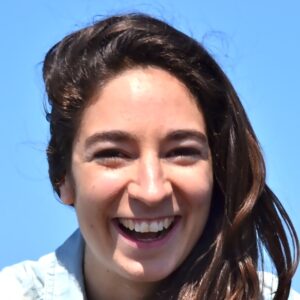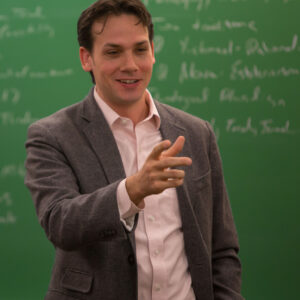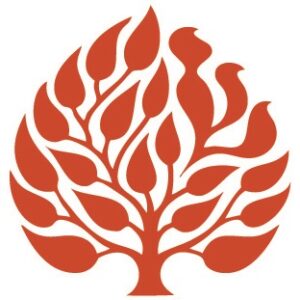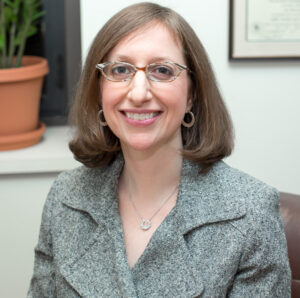
Bronze Bull, Golden Calf
Feb 26, 2016 By Tim Daniel Bernard | Commentary | Ki Tissa
The metal bovine with a peculiar magnetism that is known as the Golden Calf (Exod. 32) brings to mind Arturo Di Modica’s Charging Bull (1989). A potent Financial District icon, it exerts a remarkable pull on passersby (on its webcam you can see the crowd so often around the statue). According to the artist’s website, it was designed as a “symbol of virility and courage” and “the perfect antidote to the Wall Street crash of 1986,” but it was also created without the invitation of the Wall Street community and was promptly removed from its original location in front of the New York Stock Exchange.
Read More
The Clothes Make the Man
Feb 19, 2016 By Rachel Smith | Commentary | Tetzavveh
Read More[The] unlikely alliance of diverse and superficially incompatible musical traditions, mysteriously accomplished under punk, found ratification in an equally eclectic clothing style which reproduced the same kind of cacophony on the visual level.
—Dick Hebdige, Subculture: The Meaning of Style, 26

Including the Broken
Feb 12, 2016 By Tobi Kahn | Commentary | Terumah
Arks in contemporary sanctuaries are spiritual descendants of the Ark whose construction and purpose is described in this week’s parashah. The ark above was created for Congregation Ohr Shalom–The Summit Jewish Community Center, in Summit, New Jersey.
Read More
The Spirit and the Letter
Feb 5, 2016 By Yonatan Y. Brafman | Commentary | Mishpatim
After the heights of the revelation at Sinai, Parashat Mishpatim settles down to more mundane topics, including a lengthy discussion of torts. Perhaps motivated by this sudden change of altitude, Nahmanides interprets these details as expansions on the Ten Commandments, such as the prohibitions on coveting and theft: “For if a man does not know the laws of the house and field or other possessions, he might think that they belong to him and thus covet them and take them for himself”.
Read More
Nothing Is Enough
Jan 29, 2016 By Alisa Braun | Commentary | Yitro
sitting amid your litter, feet buried
by accumulated jars of buttons,
glasses lost beneath a decade of bank statements
and funny poems.
The obligation to honor your father and your mother (Exodus 20:12) is never simple, but it’s especially complicated when relations between parent and child are strained. In her moving poem “Mother,” Alicia Ostriker gives voice to the ethical challenge of caring for her mother when the conflicts of the past loom large.
Read More
A New Dayeinu
Jan 22, 2016 By Gerald Cohen | Commentary | Beshallah
As we progress through the cycle of Torah readings, we come to associate certain stories with a particular time of year: the creation story in early fall, Joseph and his brothers later in that season, the revolt of Korah in the summer. The story of this week’s Torah reading, however, has a double life in the course of the year: we associate it with the winter when we read the parashah in the cycle, but it also becomes the focus of our spring Pesah celebration in a few months.
Read More
Judah’s Story, Our Stories, and the Stories of Refugees
Dec 17, 2015 By Julia Andelman | Commentary | Vayiggash
Read MoreThey grabbed me and led me to a van. I told them: ‘I’m an old man. I’m not a threat.’ But they didn’t listen. On our way to the prison, they kept stopping on the street and collecting more people. They blindfolded me when we arrived and they beat me very badly. Then they put me with seventy other people in a room smaller than this one. It was very cold because it was December and I was barefoot because I’d lost my slippers.

Ushpizin
Oct 2, 2015 By The Jewish Theological Seminary | Commentary | Sukkot
Ushpizin, (literally, “guests”) is the tradition of inviting the exalted men and women of the Bible into our sukkot. Each year, since 5772, professional and novice artists including JTS students, faculty, and staff have taken the concept of ushpizin as the centerpiece and inspiration for an art installation in the famed sukkot built each year in the JTS courtyard. Part of the JTS Arts Initiative, the sukkot exhibit is managed under the guidance of Tobi Kahn, JTS artist-in-residence.
Read More


